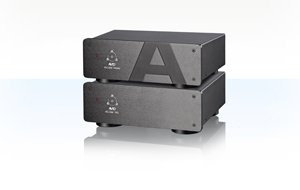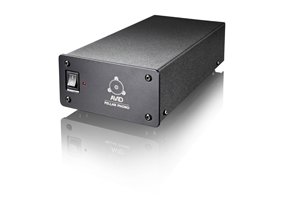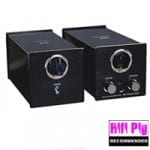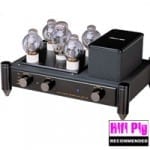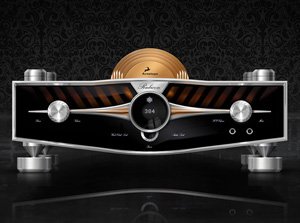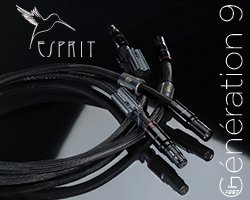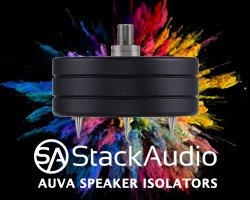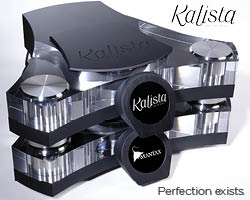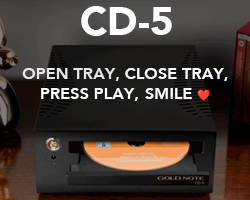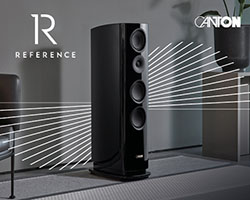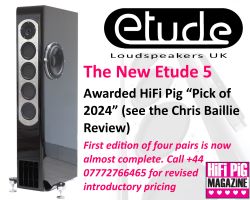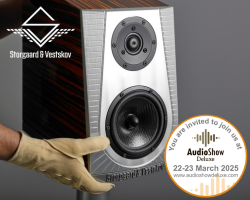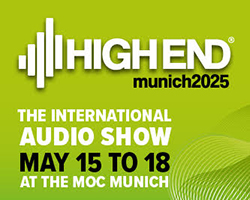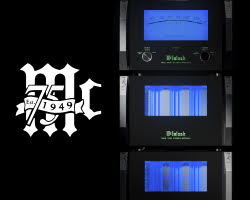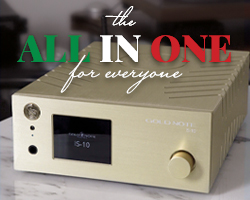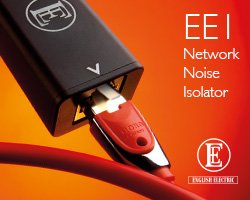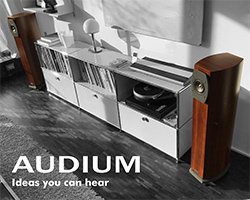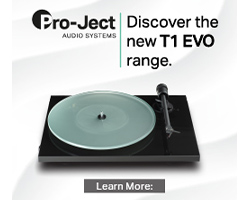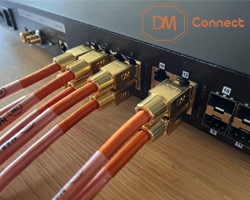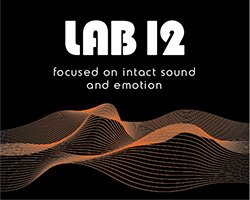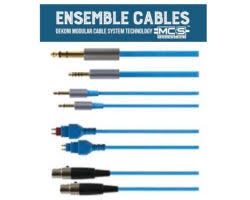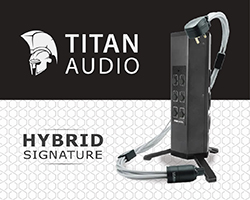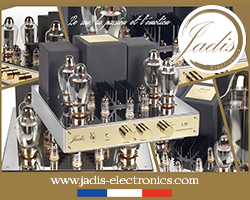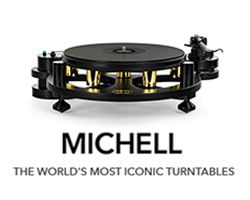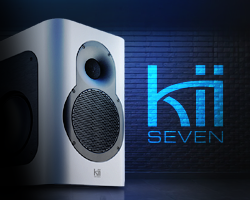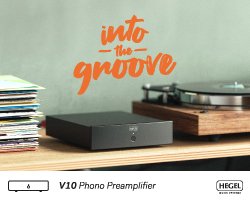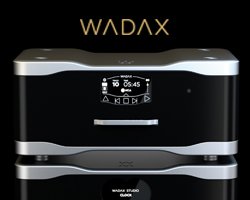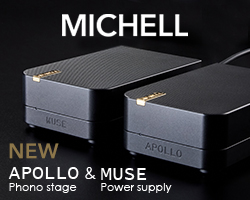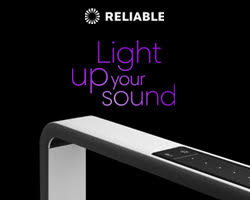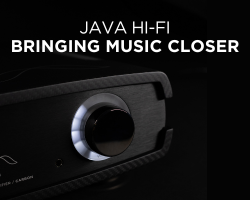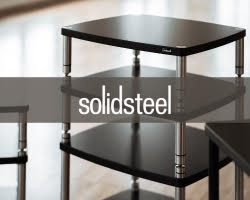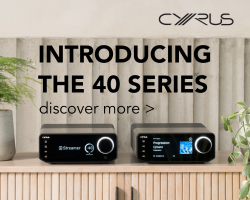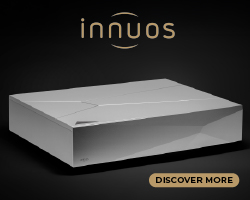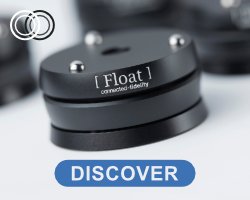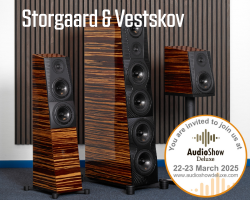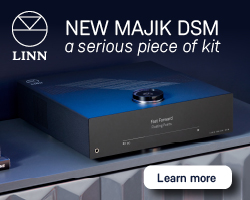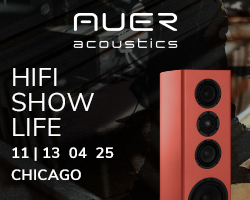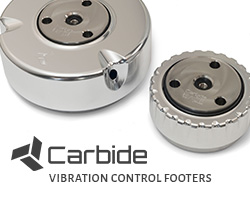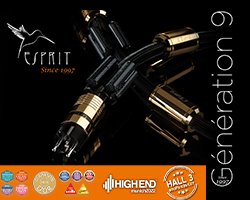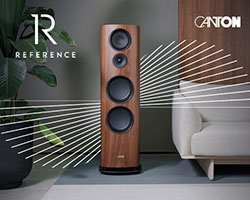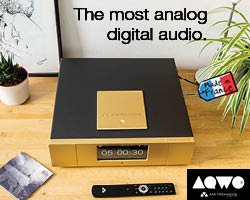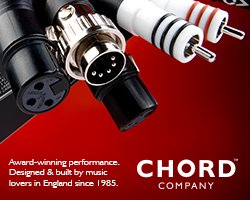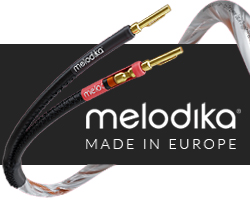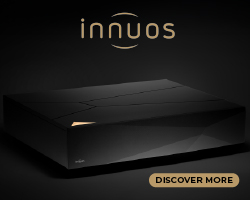McIntosh has just announced three new products: the C2600 Vacuum Tube Preamplifier, the MP100 Phono Preamplifier and the MVP901 Audio Video Player.
C2600 Vacuum Tube Preamplifier
Building upon the C2300 and C2500, the C2600 incorporates the best of the previous models while adding McIntosh’s advanced digital audio section and upgraded tube circuitry design. The C2600 is a versatile preamplifier with 16 inputs to connect virtually all analogue or digital music sources. Analogue inputs include 3 balanced, 4 unbalanced plus 1 each dedicated Moving Magnet and Moving Coil phono inputs. Digital inputs consist of 3 optical, 2 coax, 1 USB and 1 McIntosh exclusive MCT connection. Three sets of balanced and unbalanced analogue outputs connect the C2600 to the rest of the system. The C2600 features a 32-bit/384kHz, DSD digital-to-analog-converter (DAC) and is capable of decoding and playing DSD64, DSD128 and DSD256 plus DXD 352.8kHz and DXD 384kHz. For headphone listening, there is the addition of Headphone Crossfeed Director (HXD®). Home Theater Pass Thru allows for seamless integration into a multi-channel home theatre system.
MP100 Phono Preamplifier
The MP100 is the first dedicated phono preamplifier from McIntosh and is designed to help both new and experienced vinyl lovers get the most fidelity, performance and – most importantly – enjoyment from their albums. Like all McIntosh products, the MP100 is packed with features including: Moving Coil and Moving Magnet inputs; Moving Coil and Moving Magnet adjustable loading (6 settings each); balanced and unbalanced analogue outputs; optical, coax and USB digital outputs; and a Mono switch for when playing mono records to decrease noise and play the signal correctly. There are many ways to integrate the MP100 into an audio system. If someone is just building their system, it can become the main part of the setup. For someone who already has a system with an older but working preamp, the MP100 is a way to add modern phono features. For home theatre systems where a turntable is desired, the MP100 is an easy way to add full phono preamp capabilities without having to get a full-sized stereo preamp that would undoubtedly duplicate many of the home theatre processor’s features. When used with a properly configured conversion program, the MP100 can “rip” the records to a computer via USB to produce high quality digital files. The digital outputs are fixed at 24-bit/96kHz to capture the full dynamic range of a record while optimising digital file size. If an album has a very loud section, the digital output clipping protection prevents harsh sounding and speaker damaging distortion from being recorded to the file. Compact in size at just 3” tall, it shares the same 11.5” narrow chassis design as the MXA70 Integrated Audio System, MHA100 Headphone Amp and MB50 Streaming Audio Player to help build a cohesive system. It can also easily be added to a system comprised of standard, wider width chassis.
MVP901 Audio Video Player
With its ability to upsample 1080P and lower resolutions to 4K Ultra HD, McIntosh MVP901 can breathe new life into a vast movie library and is a perfect complement to the 4K compatible McIntosh MX122 or MX160 home theatre processor. Built in decoding of Dolby® True HD and DTS-HD Master Audio™ plus the MVP901 can also pass the latest object-based 3D audio formats such as Dolby Atmos, DTS:X™ and Auro-3D® to the compatible processor, it fully supports 3D Blu-ray discs while state of the art processing power allows for ultra-fast playback start speeds. A variety of advanced adjustments can be made to colour, image detail and video performance to improve picture quality. Not limited to just movies, the MVP901 can be also used for listening to music. CDs, SACDs and DVD-Audio discs can be enjoyed via an 8-channel, 32-bit/192kHz DAC that’s used in stereo quad balanced mode to produce high fidelity audio. The HDMI output can be used for multi-channel music playback. A triple laser optical pickup uses one objective lens for the different wavelengths and is optimised for various disc types. Three USB ports allow playback of audio and video files from flash drives. Network streaming and BD-Live is available through the ethernet connection.
Pricing* and Availability
Orders will be accepted soon for all three products with shipping anticipated in August. Target retail price for each (VAT, shipping and any customs duties related to current standards of individual countries are excluded):
C2600: $7,000 USD
MP100: $2,000 USD
MVP901: $5,500 USD
*Pricing subject to change.





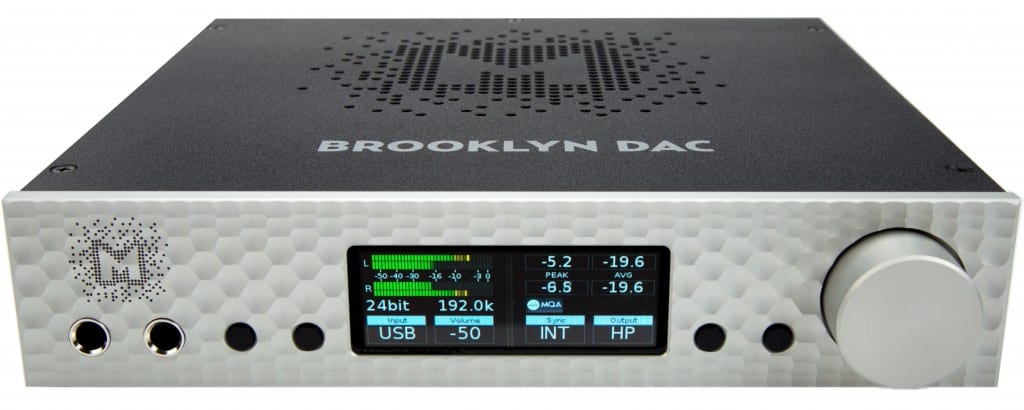

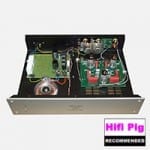

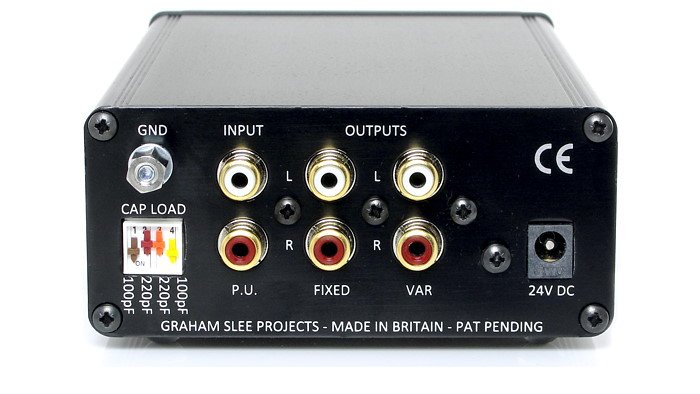








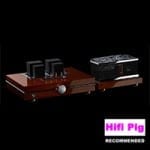

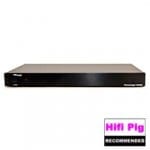



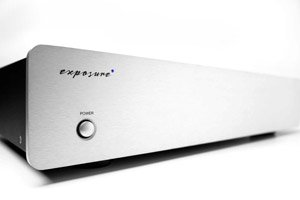
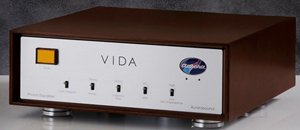
 manufacturers of state-of-the-art weather satellite systems of all things and now Timestep have announced the launch of the new T-01MC moving coil phono stage.
manufacturers of state-of-the-art weather satellite systems of all things and now Timestep have announced the launch of the new T-01MC moving coil phono stage.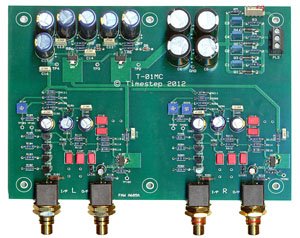 reconfigured to perfectly match any moving coil cartridge.
reconfigured to perfectly match any moving coil cartridge.
